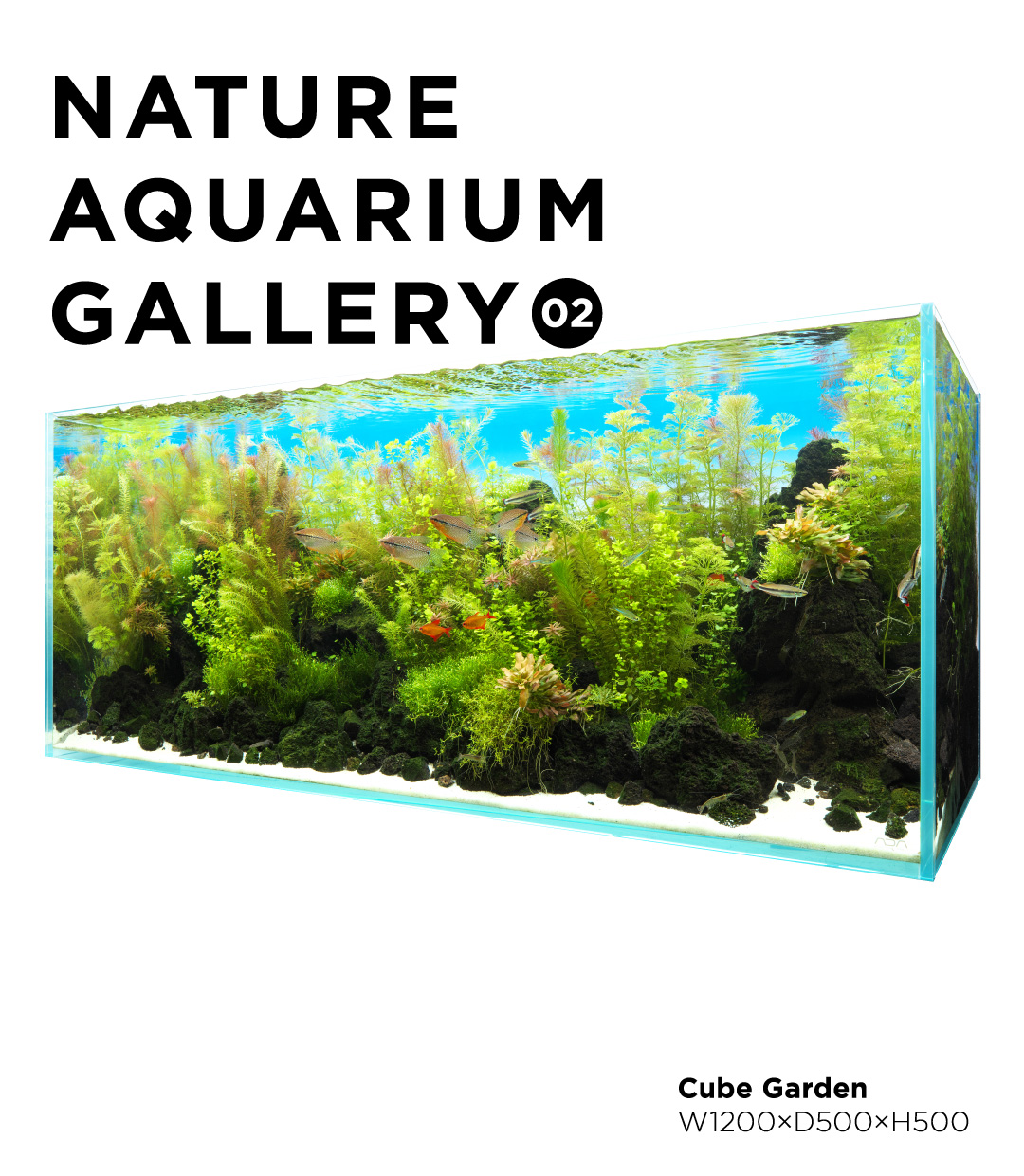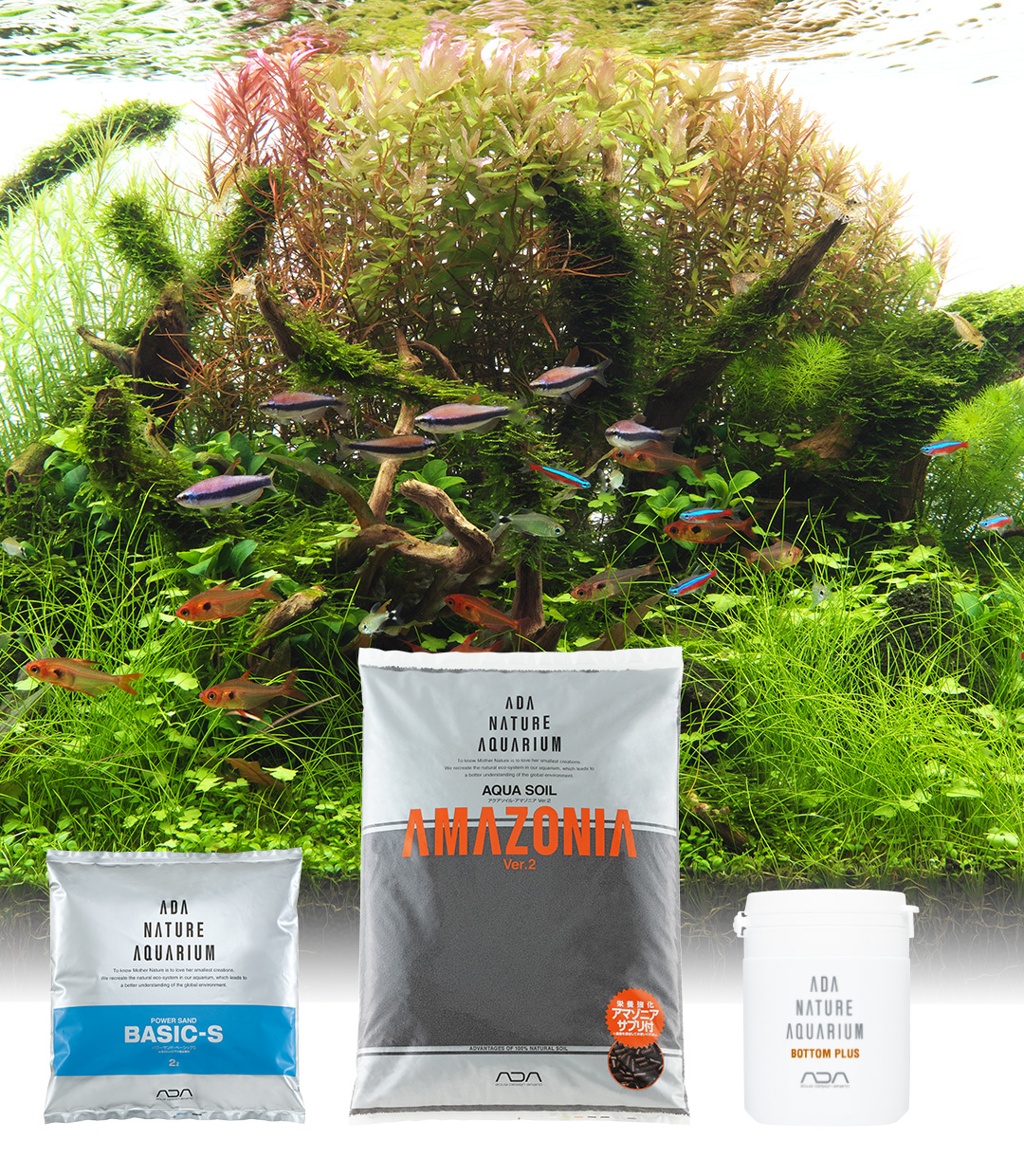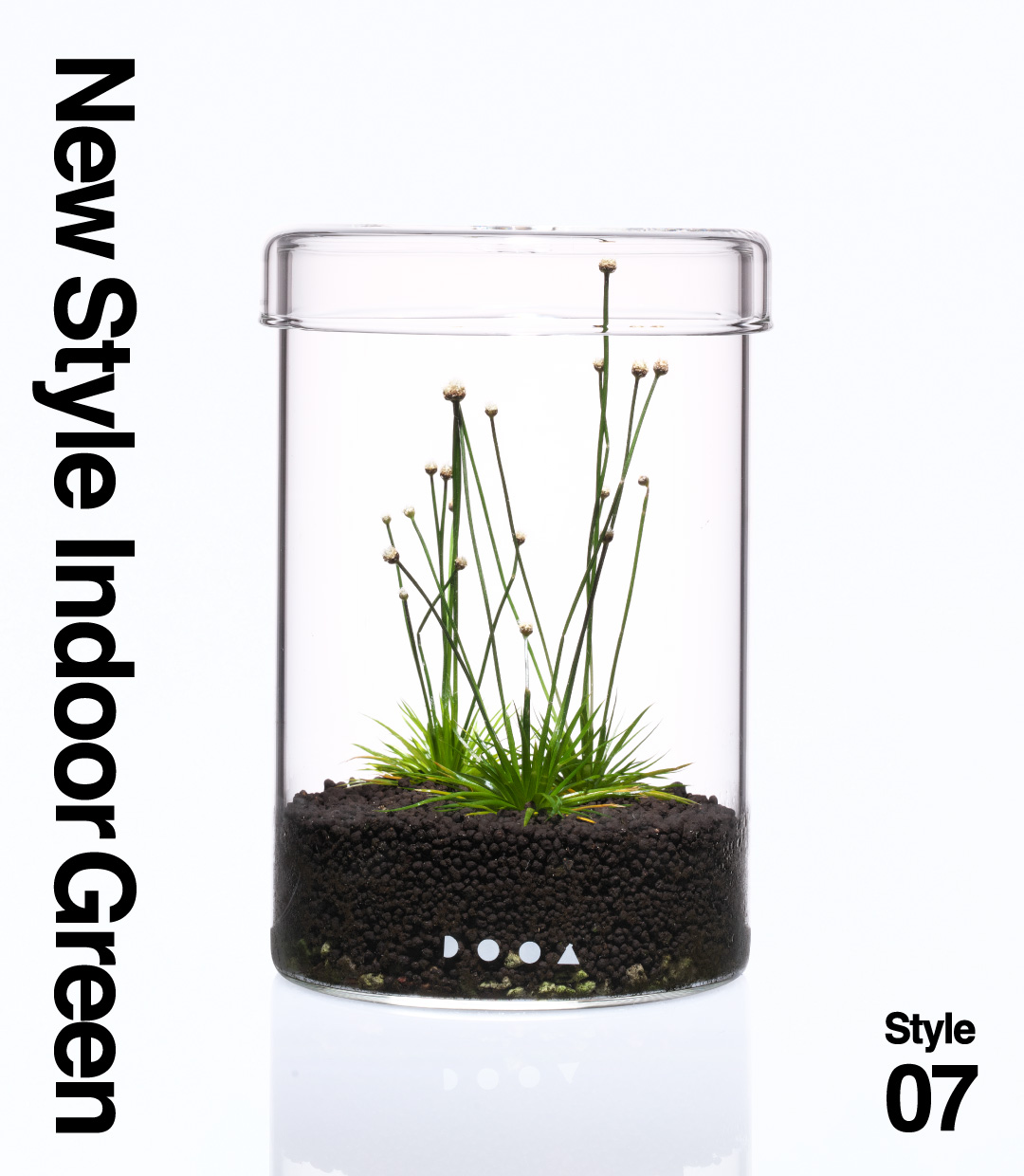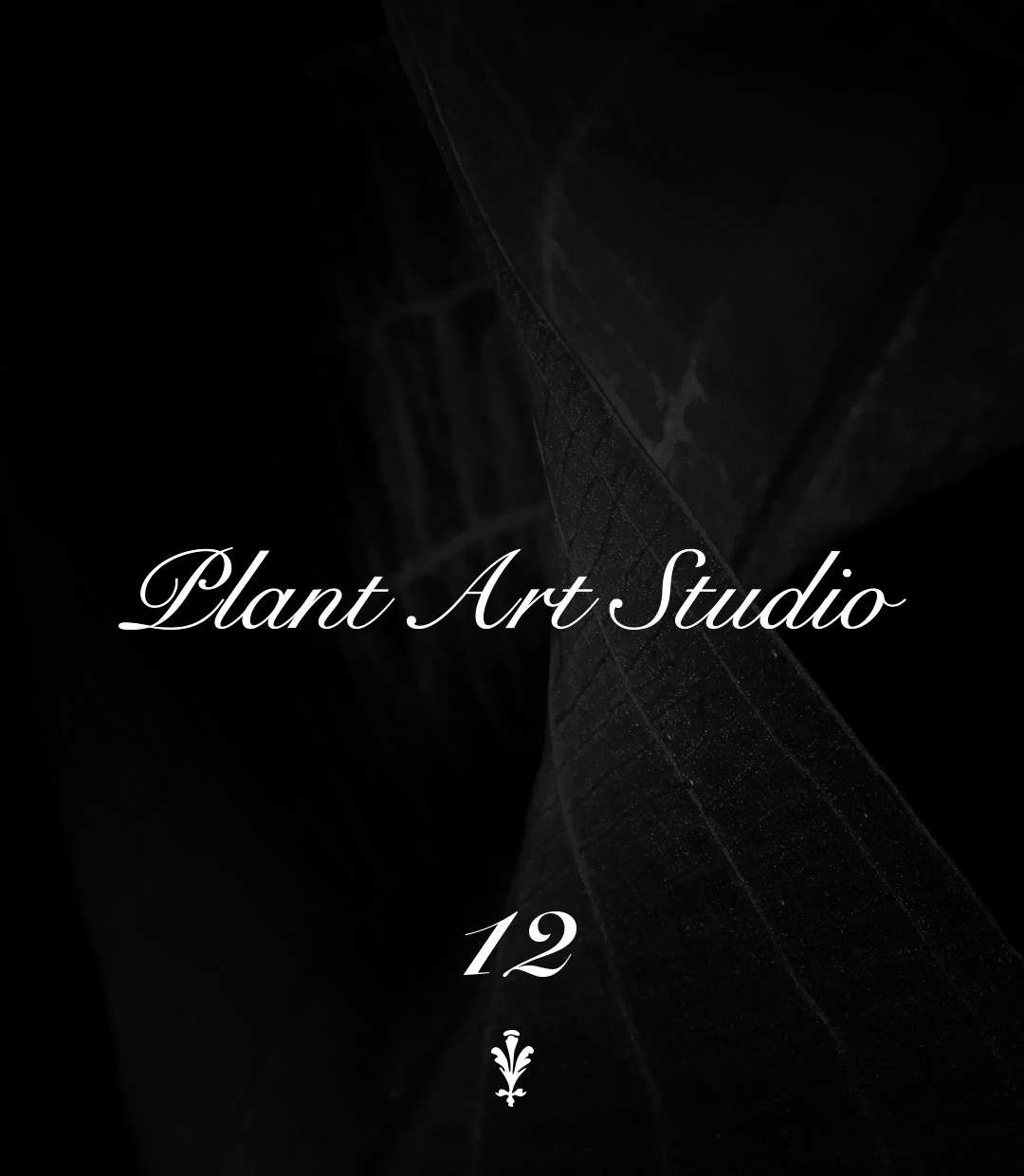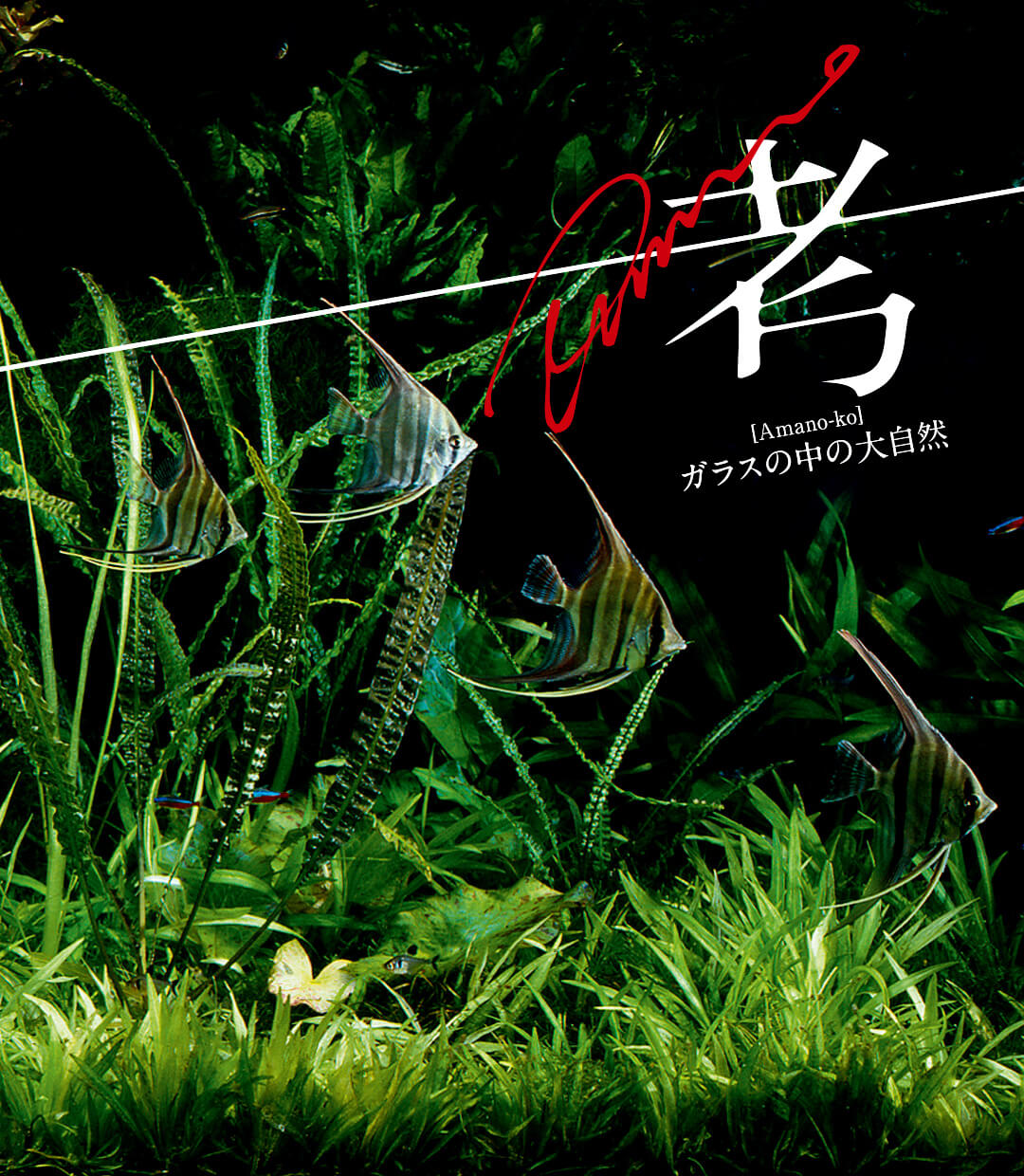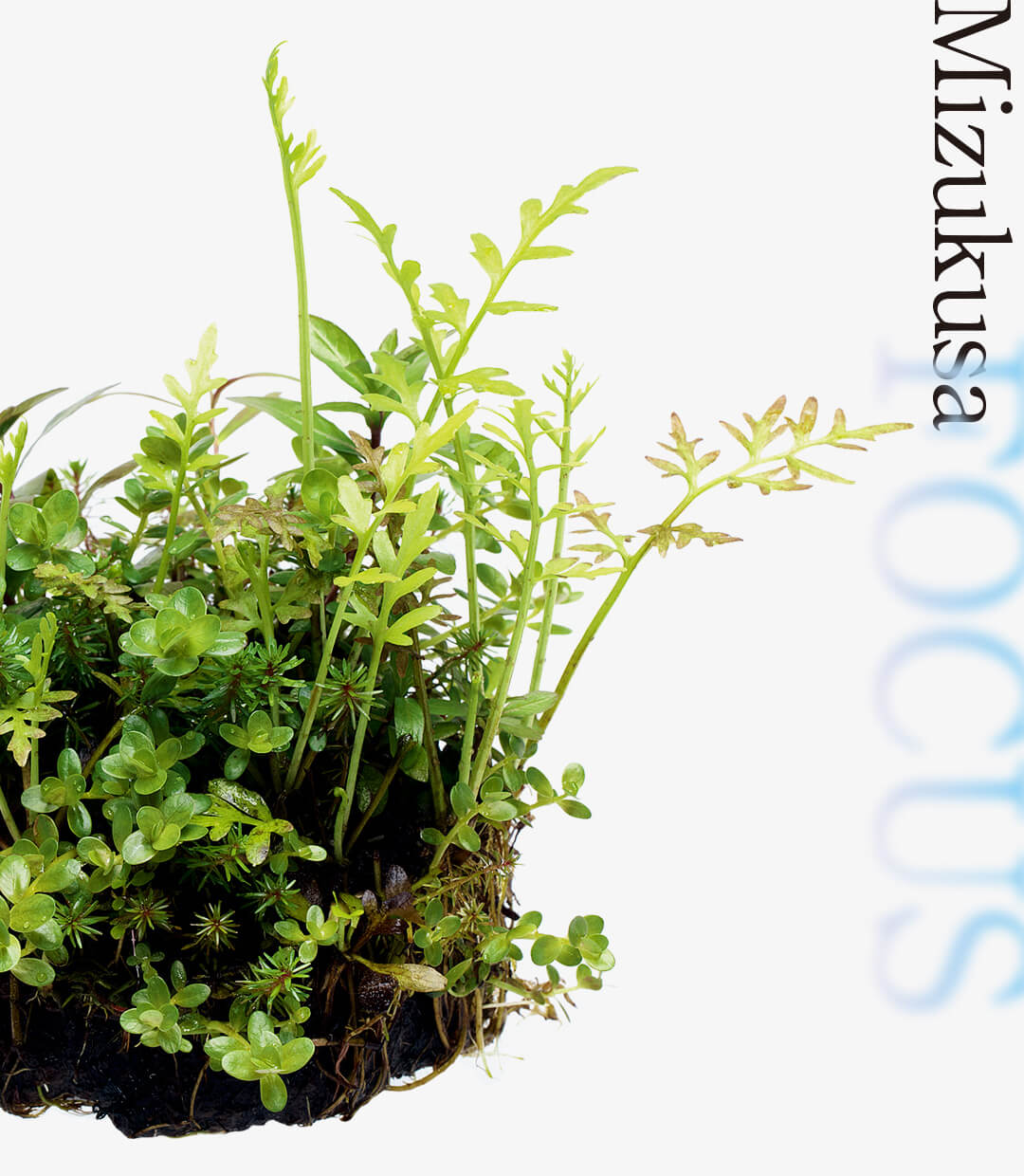PRODUCTS 2022.05.20
ADA PLANTS GALLERY #09 Ottelia ulvifolia
ADA’s Research and Development Department, called the Green Lab, develops a wide variety of greenery products. In this article, we would like to share with you some interesting bits of trivia about the plants produced in the lab, and a part of their true nature we see from time to time.
Ottelia ulvifolia that dominates the highly competitive marketplace
Ottelia ulvifolia (O. ulvifolia) is distributed in lakes and rivers in Africa including Madagascar island. Its distribution area is second only to Ottelia alismoides in the same genus (O. alismoides), which also grows naturally in Japan. Currently, O. ulvifolia is a rare species that blooms yellow flowers even in Africa where more than 10 species of Ottelia have been confirmed, and Ottelia brasiliensis (O. brasiliensis) with yellow flowers distributed in South America across the Atlantic Ocean, seems that it is a species close to the classification. Ottelia with white flowers may exist, but it is most likely another species.
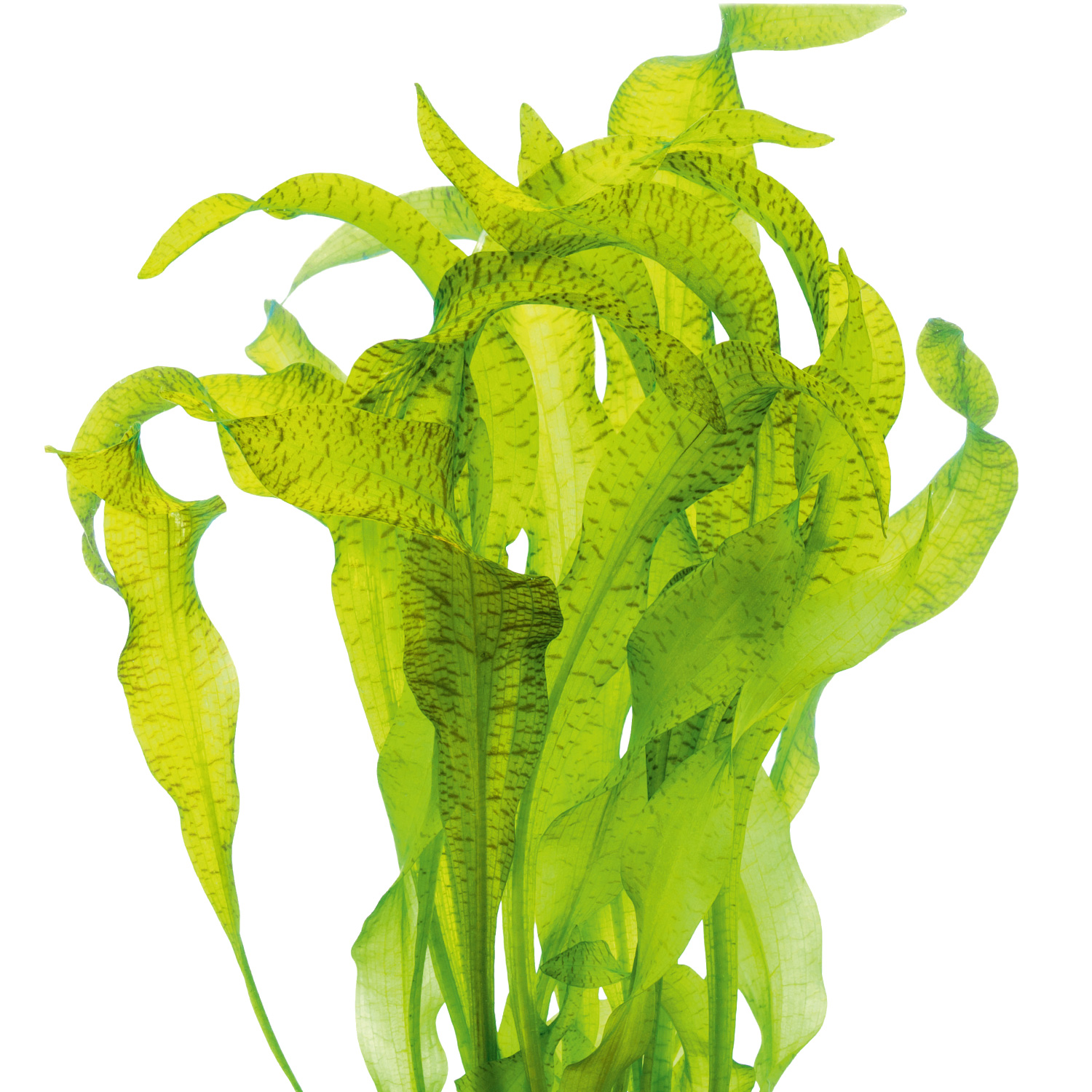
Cellophane-like texture x Tiger stripes
The biggest appeals of O. ulvifolia are its clear cellophane-like leaves and the brown tiger stripe pattern on the leaves. The leaves have less resistance, and its surface is smooth and has a distinctive texture. To maintain the beautiful leaves, we recommend that you use Aqua Soil – Amazonia and Bottom Plus to add extra nutrients in addition to CO2 supply because O. ulvifolia tends to prefer eutrophication. In areas with gentle water flow, it seems that petioles of O. ulvifolia do not grow excessively and tend to be neat. We recommend that you use an aquarium of W90cm or larger to make O. ulvifolia grow larger.
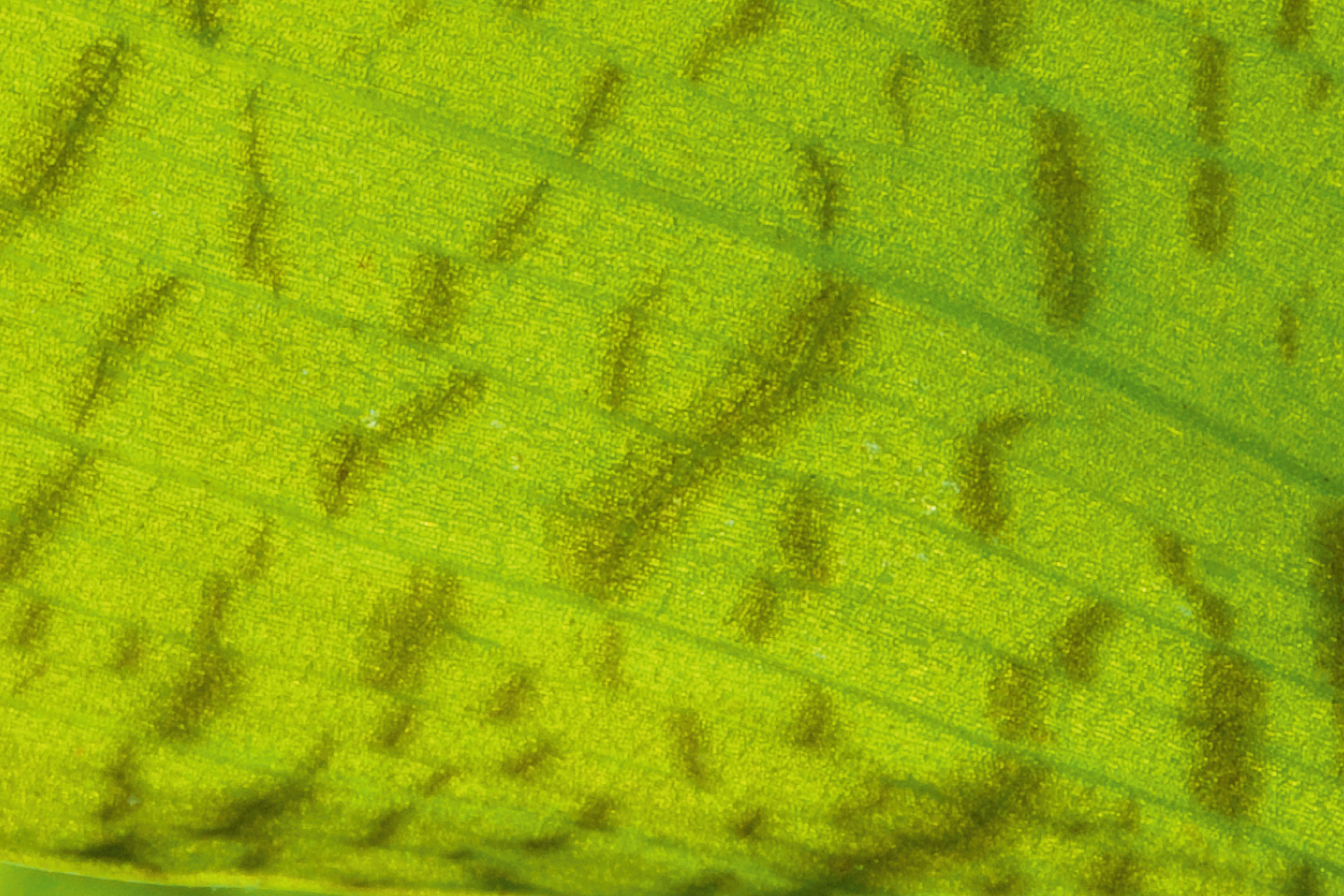
Flower buds similar to Baroe abyssicola
The Ottelia family bloom on the surface of water by extending their flower stalks just like Nymphaea and Aponogeton. Although the length of the flower stalk is about several tens of centimeters when growing in aquariums, some grow close to 2m in their natural habitats. Regarding the shape of an ovary of Ottelia, there are various types such as gilled one and spiny one. The ovary of O. ulvifolia even looks like Baroe abyssicola. By filling the inside the ovary with gas (details unknow), it becomes like a floater, and flowers bloom by breaking it through.
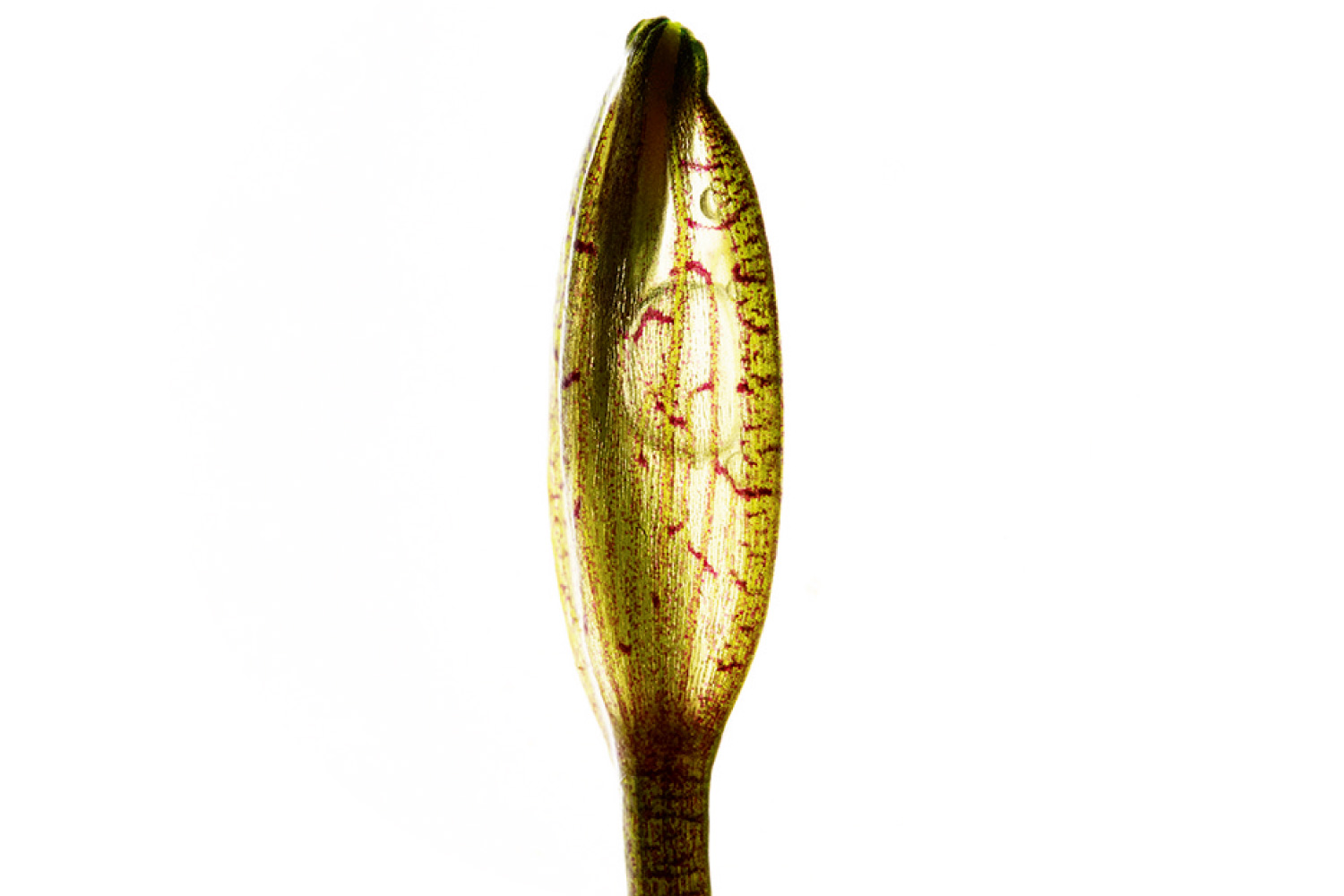
Be aware of delicate leaves and stems
Flower stalks of O. ulvifolia are somewhat flexible, but its leaves and petioles are easy to break. Therefore, when packing them to transport, it’s usually done with oxygen-free packing (filled with water). However, when ADA staff transport layout works for events, we don’t transport them with water. We carefully wrap O. ulvifolia with damp paper towel and fix them with bubble wrap. We, the ADA Lab staff know that it is difficult to grow and transport O. ulvifolia (it’s ADA’s special situation…).
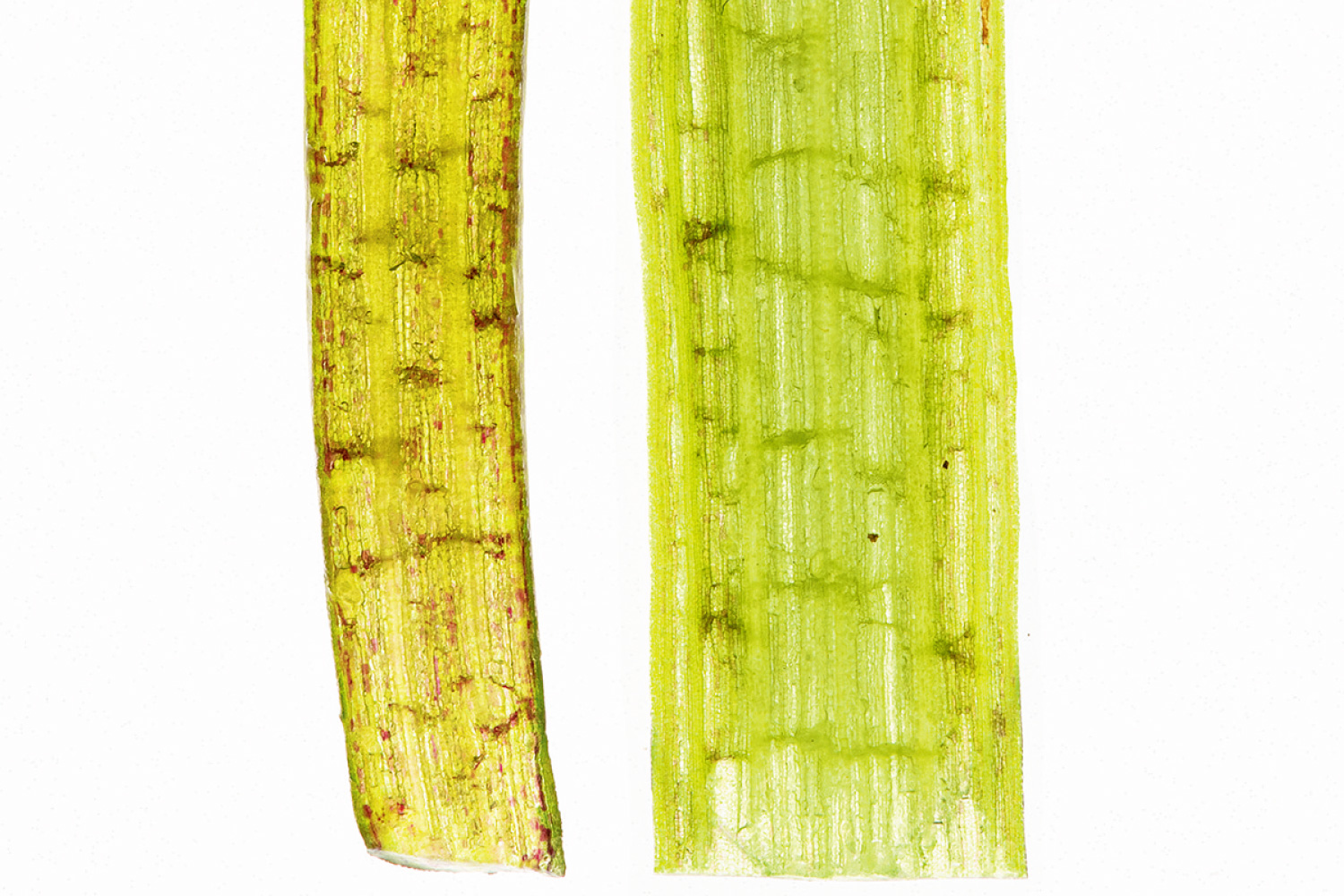
The flower stalk has a relatively simple structure compared to the petiole, and it seems that many cells are uniform and rounded. It may be related to the flexibility of the flower stalk.
